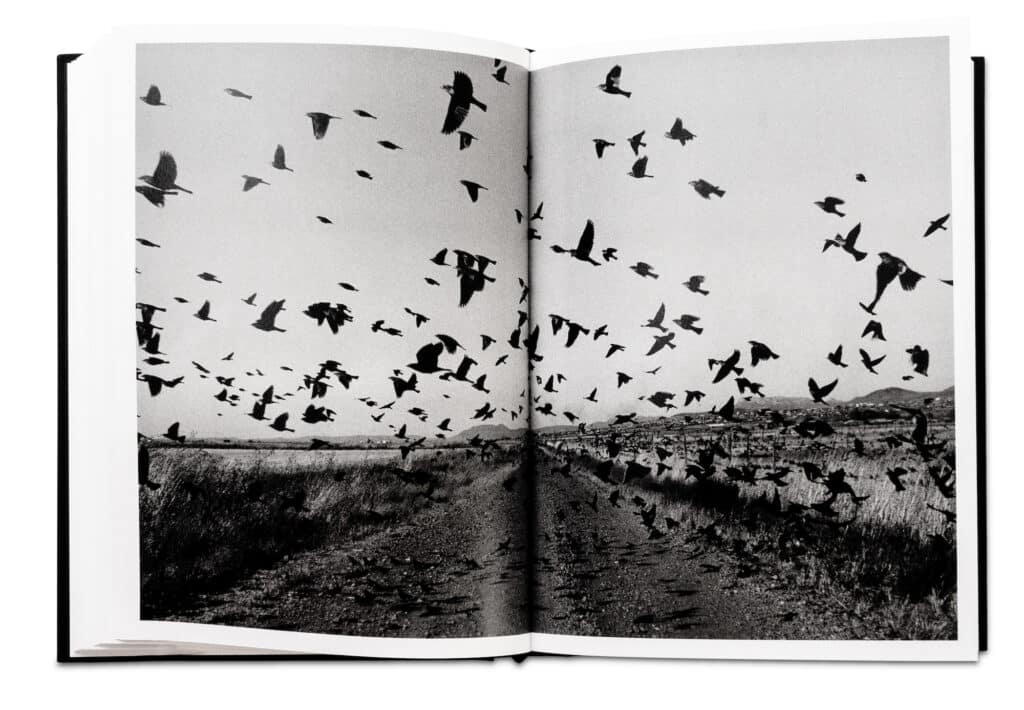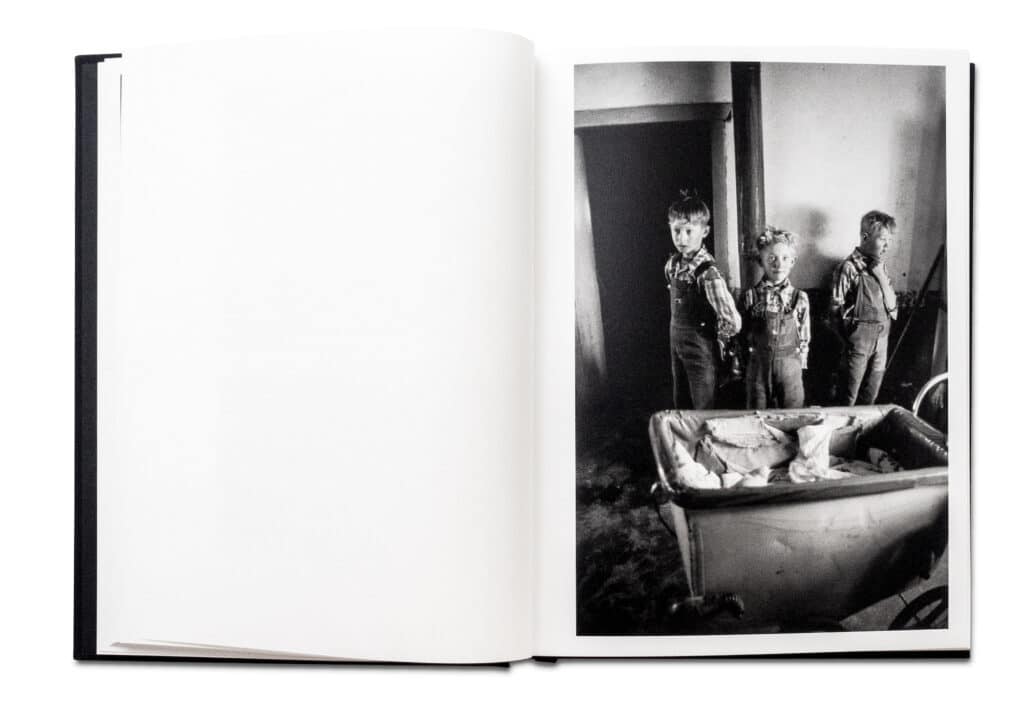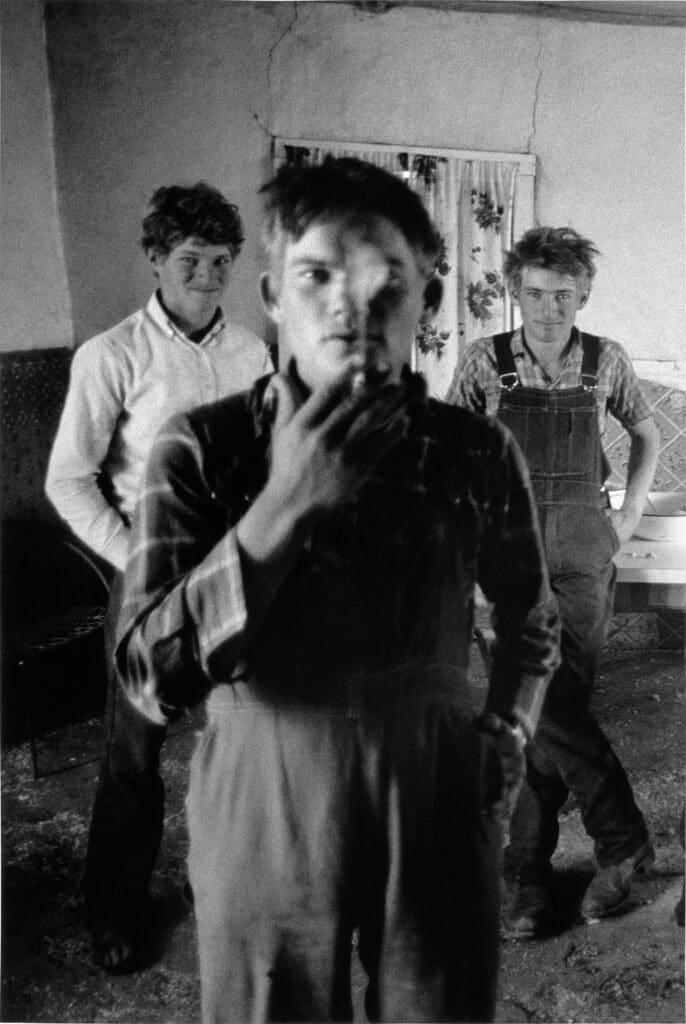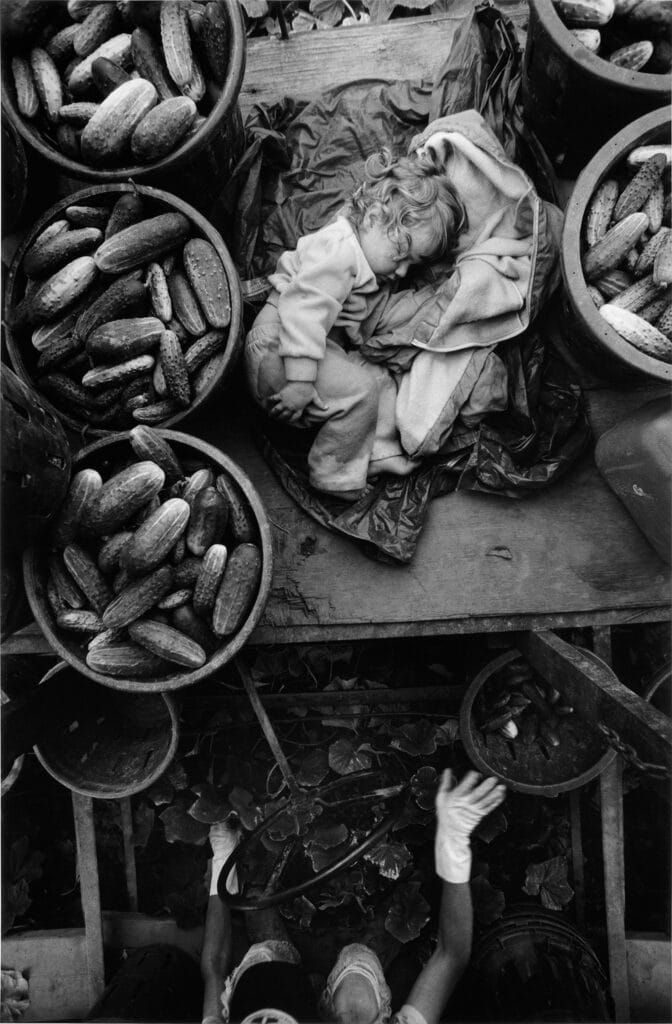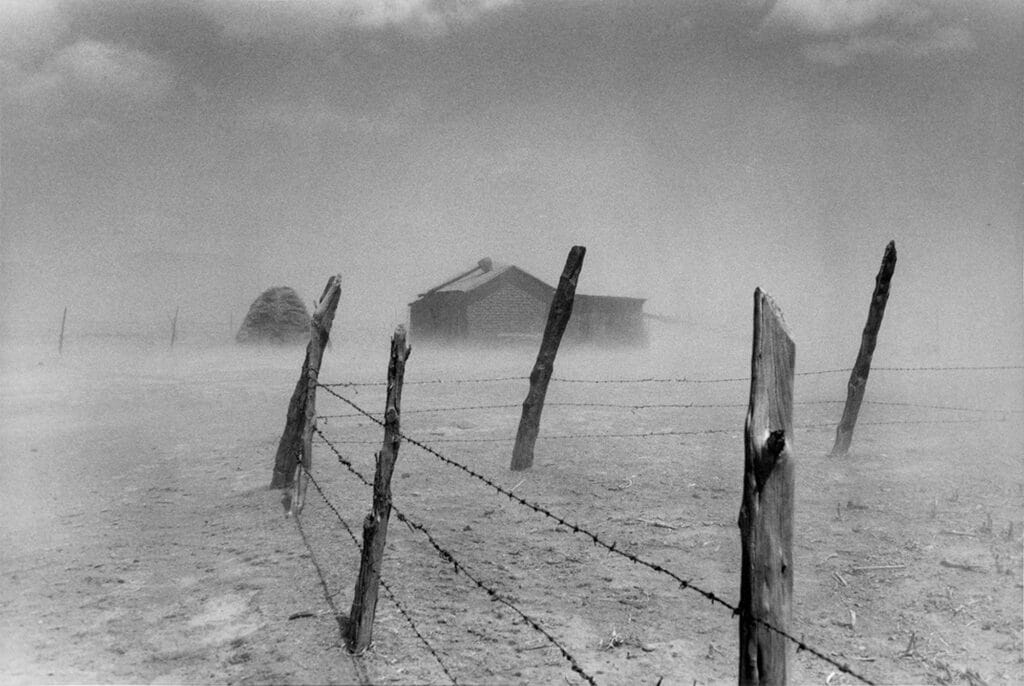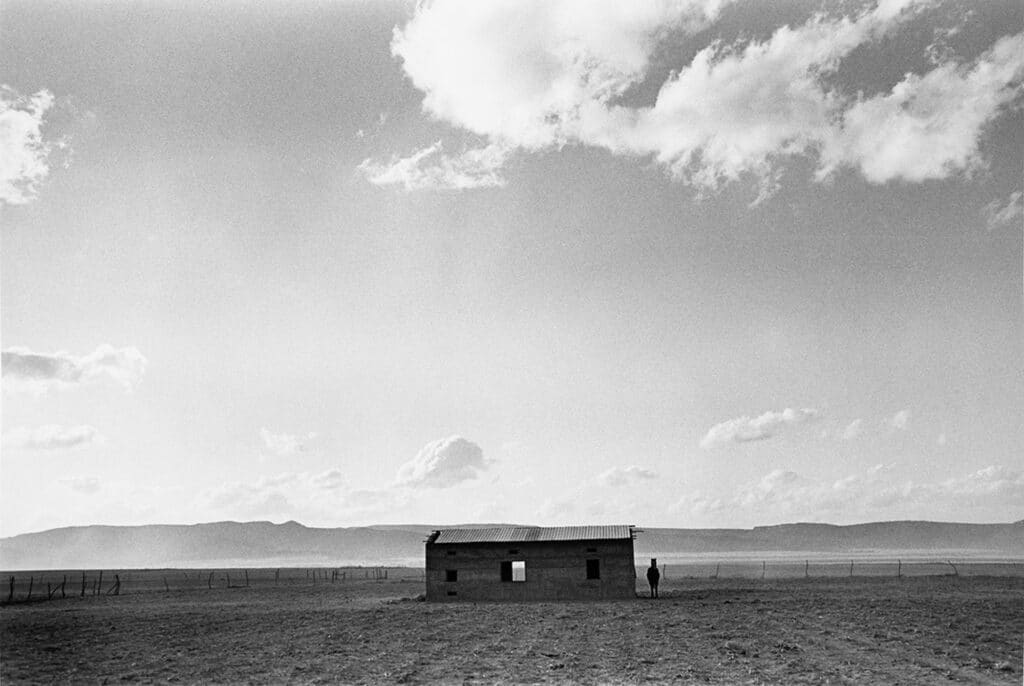“In 1989, I discovered them in my own back yard, land-hungry and dirt poor,” writes Larry Towell, Canadian photographer and member of Magnum Agency, in the second edition of The Mennonites, published by Gost. Mennonites are Anabaptist Protestants, the most orthodox among whom reject technological advances and cut themselves off from the modern world.
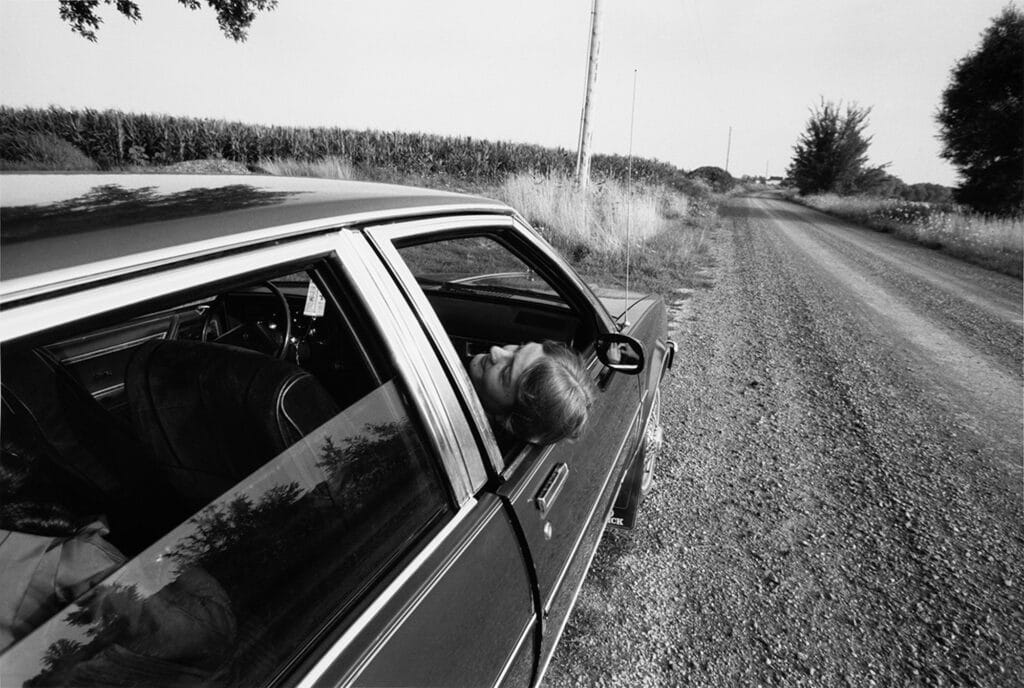
The first Mennonites settled in America in the seventeenth century in order to escape persecution and conscription (to this day they are fiercely pacifist). Over the centuries, and with changes in legislation, they also founded communities in Central America. Families that traveled from Mexico to labor in the fields in Ontario piqued the photographer’s curiosity.
“I live in a rural area. In the summertime, I tried to find work in my own area, because the kids were home from school and I didn’t want to travel all the time. Driving around the countryside, I started seeing these people out in the fields, harvesting tomatoes and cucumbers. The women would have these long flower dresses and straw hats, the men would have overalls. And there were a bunch of blonde children running around. I started talking to them and photographing them. They were Mennonites.”
Although this was in the early 1990s, the black-and-white images blur the timelines: it could be the 1950s or the 1930s. Even the late nineteenth century… Women and girls wear their braided hair covered with fringed scarves or hats. The austere, dirt-floor interiors are heated with stoves, next to which a tub is installed for bathing. But then, here and there, there are tiny clues: a little girl wearing sneakers; plastic utensils; cars; an electric fan; a sweatshirt… Despite their apparent timelessness, the pictures are more recent than they seem.
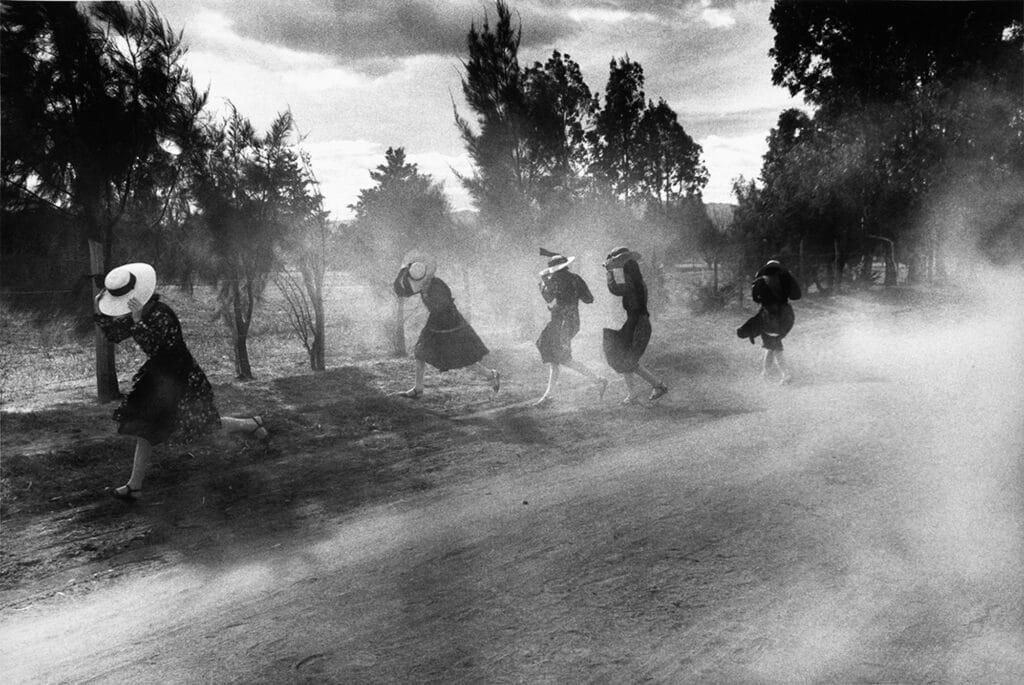
Enter the community
“It became a ten-year odyssey,” said Towell. During this decade he documented the life of the community, but perhaps most importantly its transformation. At the beginning of the project, in the settlements he visited, there was no electricity, there were no cars, or tires on tractor wheels, not to mention television or radio.
In a nutshell, as Towell put it, there was “no influence from the outside world.” The level of intimacy and trust between the photographer and these people, who are wired to be suspicious of outsiders, is all the more surprising. Some, by the way, hide their faces. But Towell was also invited to their table, he looked over their children’s games, their chores, their washing and dressing, even forbidden flirtations.
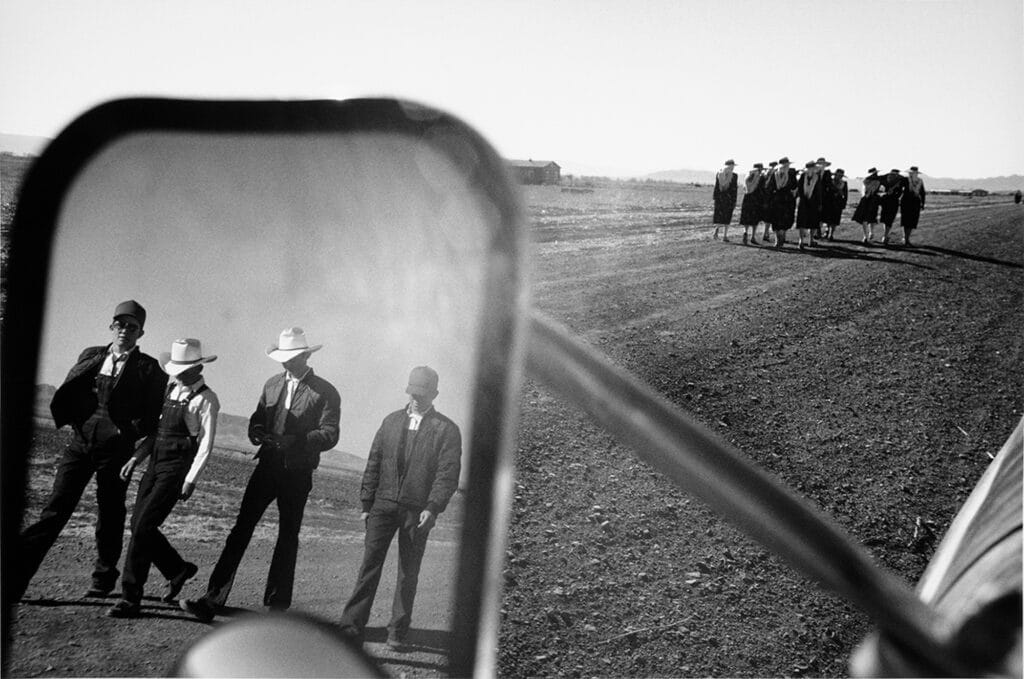
“Once they came to Ontario, Canada, they had to let their guard down a bit. They didn’t know people. They weren’t living in a colony anymore. They were thrown into mainstream, modern society, without preparation, I might add. So, it was easier for me to enter that community,” the photographer humbly explains.
This respectful interest is not exclusive to this long-term project; it defines Towell’s career, in projects close to home as much as those carried out across world, in Afghanistan and Palestine, even as the images oscillate between peace and quiet and intense tension.
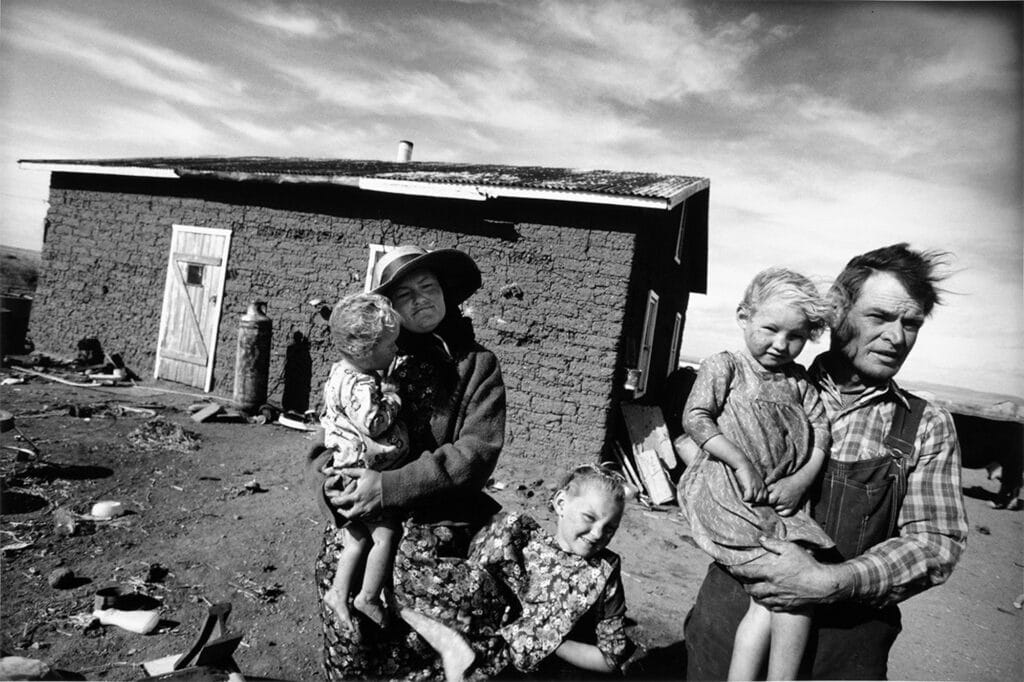
“I’m not a war photographer at all,” he insists. “It’s just that I find myself in those situations sometimes.” What drives him above all is the desire “to document the world,” “to investigate the various types of power structures and also various communities,” and a keen interest in territorial issues.
“I started photographing because I didn’t believe in the art world”
It was this desire to depict the world that led him, following a trip to India, to turn his back on painting and sculpture he had studied in the 1970s. “I started photographing because I didn’t believe in the art world.” With the help of this new medium, Towell found a “much more powerful tool,” because he didn’t need to make things up.
Some may be familiar with the world of the Mennonites as portrayed by Towell in his original 2000 publication; but this new edition is not a mere reprint. The monochrome box contains a new format and includes some 40 previously unpublished photographs. The velvety pages emanate a sense of attentive listening. Larry Towell is both a visual storyteller and a chronicler of reality.
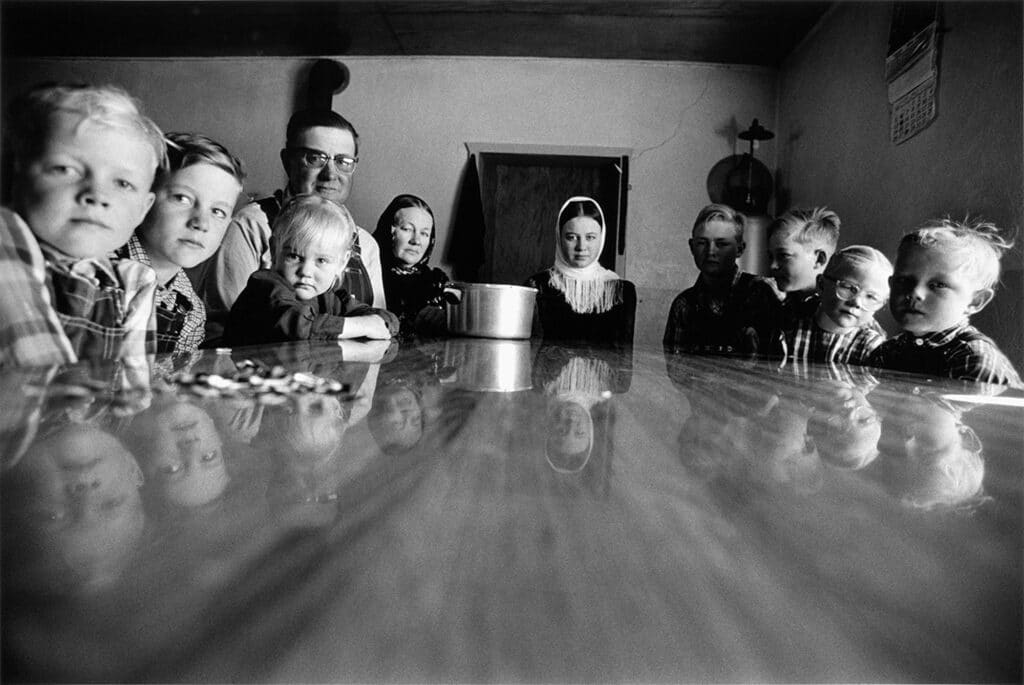
Larry Towell, The Mennonites, Gost, 288 pp, £60.00.
